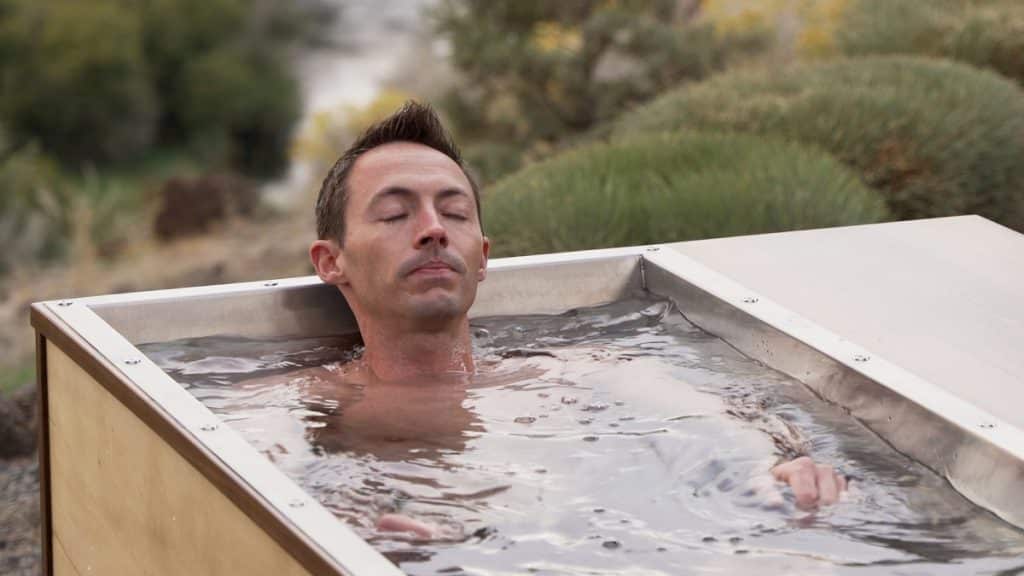Ice baths, popularly referred to as cold water immersion (CWI) or cold therapy, are widely used by athletes and fitness enthusiasts at the gym as a means of recovery as well as a way of improving performance. Still, it is essential to learn the top benefits of the ice bath, but let me first explain the consequences of short-term and long-term cold exposure to the human body. In this blog, we will look at some of the various ice bath options available and cast a light on the science that backs up their use.
The Science of Cold Therapy
Before diving into the the benefits of cold therapy let us know shortly about the exact science behind cold therapy.
Vasoconstriction and Vasodilation
The first effect happens when you place your body in cold water, and the mechanism referred to as vasoconstriction takes place. This makes blood to be retained more in the centre of the body and away from the limbs to preserve vital organs. When he got into the cold water, the blood vessels constricted (vasoconstriction), and when he got out, the blood vessels expanded (vasodilation), and the circulation accelerated. This cycle of constriction and dilation enables the removal of metabolites from tissues, relief of constrictions in muscles, and increased blood circulation, which brings oxygen to the muscles to aid in recovery from inflammation.
Reduced Inflammation
Icing definitely extends the period of decreased swelling and inflammation of the tissues. Cold temperature has an impact of decreasing the rate at which cells function, this means fewer cytokines are created. This is especially useful after physical activities such as exercise since a number of muscles and tissues are related to microscopic damage.
Decreased Muscle Soreness
Especially, exercise-induced muscle soreness or more specifically, delayed onset muscle soreness (DOMS) are very frequent nowadays. Another strategy that may be employed to control DOMS includes the use of ice baths that thave the effect of reducing the sensitivity of the nerve receptors to pain. Temperature also gets reduced during cold weather to minimize muscle enzymes that cause muscle contraction and tissue damage.
Improved Recovery
The decrease in inflammation reduces the time the muscles need to heal, the increase in blood flow shortens the post-workout recovery time, and the decrease in muscle soreness leads to less downtime time. There are numerous cases when athletes are using ice baths for recovery and it seems that they are not as tired as they usually are or as prepared for their next training sessions.
Psychological Benefits
Cold therapy does not only have physical benefits but also has a few psychological benefits.
Mood Enhancement
Colds have a terribly stimulating effect on the cortex, and cold showers cause the release of endorphins, which are natural opiates. It also increases a feeling of vitality and reduces anxiety and depression to a certain degree. Even cold showers, the first drops of which cause hormonal yelling, have many benefits, norepinephrine, the ‘focus’ hormone, is released.
Stress Reduction
Recent cold exposure can help to set up your body into a state in which it can effectively cope with stress. The controlled stress of an ice bath is an effective method of learning how to reduce other types of stress since it could decrease the general level of stress and anxiety in everyday life.
How to Optimize Cold Therapy
Cold therapy will not be effective if you do not optimize it to the fullest. Following are the tips to gain maximum benefits from a colld therapy.
Use a Cold Plunge Tub
For an effective cold therapy session, consider using a specialized cold plunge tub. These tubs work best for your body and training regimen.
Combine with Other Recovery Methods
Cold therapy is most effective when used in conjunction with other recovery strategies, such as proper nutrition, hydration, sleep, and stretching. A holistic approach to recovery will yield the best results.
Conclusion
Ice baths and cold therapy have numerous physiological and psychological advantages due to their widespread usage in various fields, such as sports and medicine. Adverse effects include decreased circulation and numbness, which may impair nerve, muscle, and skin functions; proper usage and application of cold therapy can be a valuable ally in the recovery process. While having a cold plunge tub installed can evoke the desire to have one, it can help make the practice easier and more efficient so that one can incorporate the therapy into one’s daily routine to experience the benefits of the tub.
